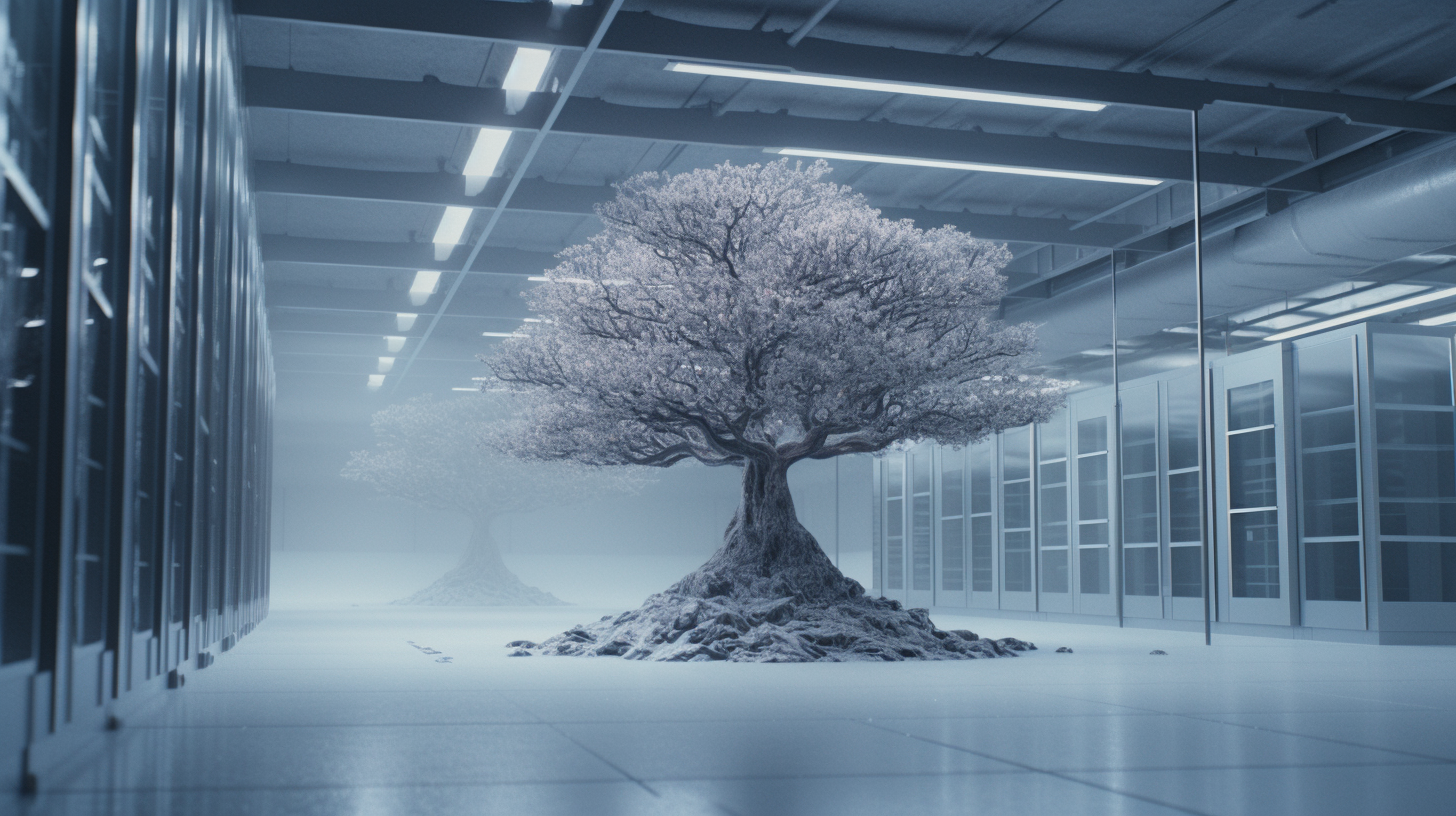Virtualization and Cloud Computing: Simplified Concepts for the CompTIA Security+ (SY0-601) Exam

Ever look up at the clouds and feel a sense of wonder? Well, in the world of IT, clouds can evoke a similar feeling of marvel. Not because of their wispy, ethereal beauty, but from the groundbreaking, virtual capabilities they offer. Today's post is aimed at unraveling the twin concepts of virtualization and cloud computing, essential components of the CompTIA Security+ (SY0-601) exam and powerhouses in our contemporary IT scene.
Virtualization: The Art of Making More Out of Less
Ah, the magic of virtualization! It's like arriving at a party to realize there's a doppelganger of you, happily chatting away and doubling the fun. In virtualization, it's your server, network, or storage device that we're talking about, not you. Virtualization essentially creates a software-based or virtual representation of something, instead of a physical one. Isn't that a clever trick?
Picture this: A single, lonely server in a chilly, desolate data center. Enter virtualization. Suddenly, that solo server is performing as though it were several machines, increasing efficiency tenfold, and stepping up resource utilization. In simple terms, one server now wears many hats. And each hat bears a catchy name like "virtual machine" (VM), where each VM operates as a distinct system with its own OS and applications. Abracadabra! Less is indeed more.
Types of Virtualization: A Hodgepodge to Explore
Just when you thought the rabbit hole couldn’t go any deeper, let us introduce the different types of virtualization. We have Desktop, Application, Server, Data, Network, and Storage virtualization, each with its unique perks.
Desktop virtualization, for example, allows multiple users to operate individual desktops on a single computer, a godsend for businesses operating on a budget. Application virtualization, on the other hand, bundles up applications in a bag, tosses them into the cloud, and lets users run them without any installation fuss. No muss, no fuss.
What's in the Clouds? Breaking down Cloud Computing
Did you ever find yourself gazing at a computer screen, while time slipped away waiting for a bulky application to download, and pondering there has to be a better route? Well, brace yourselves folks, as it just might turn out that cloud computing is the savior patiently anticipated.
At its simplest, cloud computing pulls resources from your personal computer or in-house server, throws them into the boundless Internet space, and provides access to them as a service whenever you need. Imagine storing all your clothes in a magical closet accessible from any corner of the world. Isn't that convenient?
Cloud Computing Models: One Size Doesn't Fit All
Each business has its unique needs. That's why we have various cloud computing models. Most likely, you've met the powerful trio: Infrastructure as a Service (IaaS), Platform as a Service (PaaS), and Software as a Service (SaaS). Sporting their unique strengths, each model empowers businesses to pick the one aligning best with their needs. It's akin to ordering at a cloud café: A full meal equals IaaS, the main course equals PaaS, and a light bite equals SaaS. The decision lies entirely with you.
Virtualization and Cloud Computing: A Dynamic Duo
If you've been keeping up, friends, you should now understand that virtualization and cloud computing aren't simply two peas in an IT pod. Virtualization forms the bedrock of cloud computing, permitting the promised elasticity and flexibility of the cloud. Think of it as the dynamic duo of Batman and Robin, with virtualization being the dependable sidekick that aids cloud computing in saving one IT infrastructure at a time.
And there you go! That was a quick tour through the exhilarating concepts of virtualization and cloud computing. With this information, you've moved one step closer to nailing the CompTIA Security+ (SY0-601) exam, and elevating your IT career a bit further. So buckle up, dive deep, and watch these intimidating terms transform into your new best IT buddies.
Until then, keep your heads in the clouds and your minds on IT!